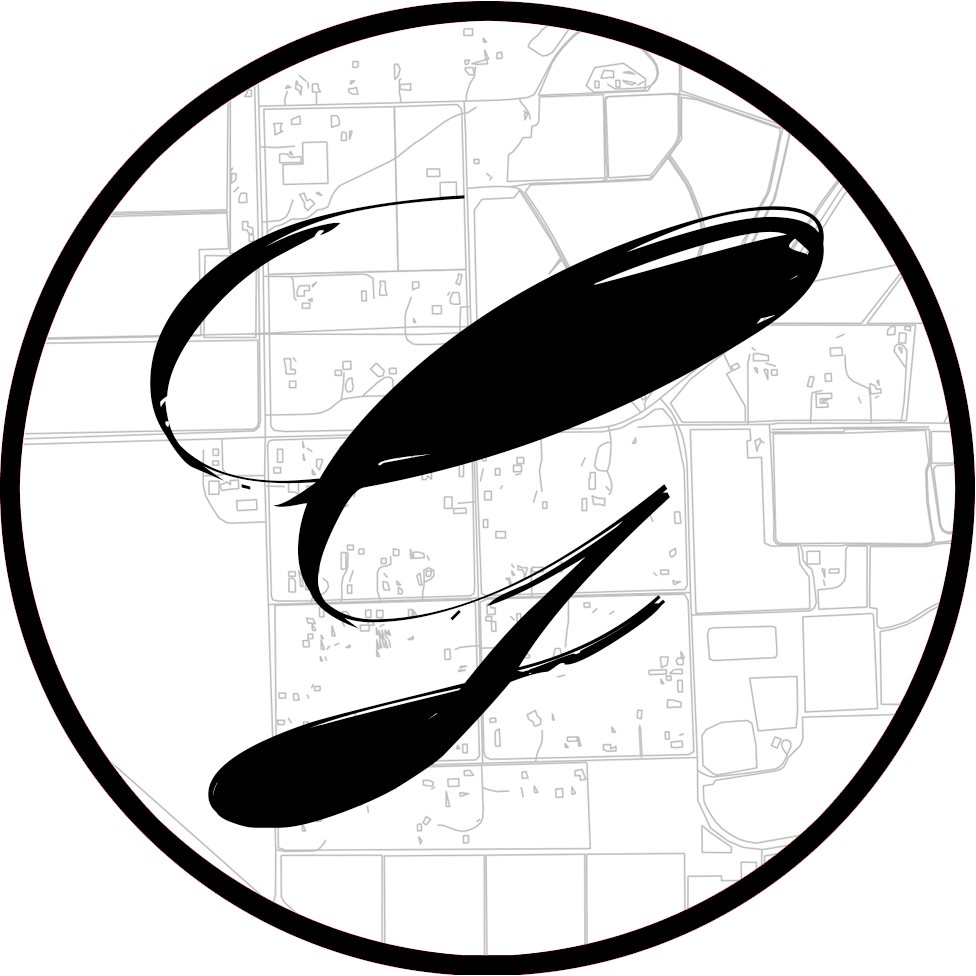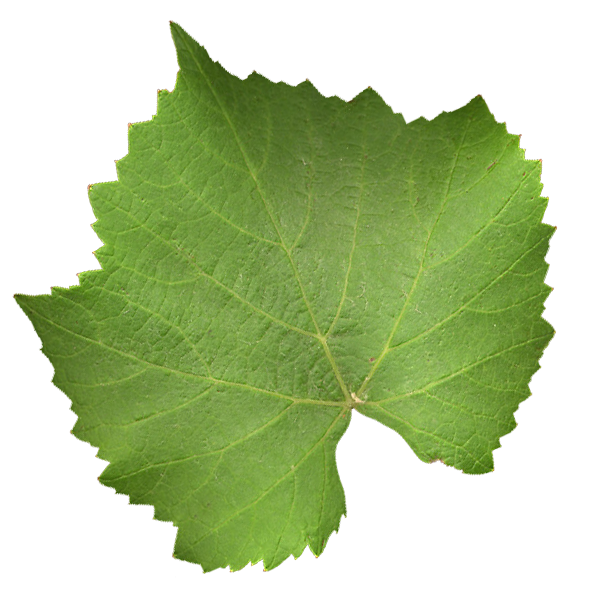Story
Grand Scheme
It’s all in the name they say, right?
Right place, right time. Location is everything.
Grand Scheme. New kid on the block. Foot in the door. Smooth operator. Renaissance man.
Grand Scheme. Best thing since sliced bread. It’s all going according to plan. The best is yet to come.
Grand Scheme. You’re only as good as your last… Eye of the beholder. Hindsight is 20/20.
Grand Scheme. It’s not the destination, but the journey. In the long run…
You can’t take it with you.
Grand Scheme. Yadda, Yadda, Yadda...
In the grand scheme of things, only the wine matters...
We grow wine.
THE VIGNERONS
What is a Vigneron? Well, first of all, it's French. But, in simple terms, it’s someone who farms the grapes from their vineyard, and makes the wine from that vineyard. With our Estate Barnhouse Vineyard (Get it? Barn. House. Vineyard…totally planned), we’re fortunate to have “eyes and ears” on our blocks at all times, and fine tuning our farming and viticultural practices as the growing year progresses. We’ll add a third part to this definition, which is the business side of the house. That includes sales, marketing, operations, logistics, compliance and finance (not in that order; the order changes daily). This is our Grand Scheme.
Tom by lineage has agricultural and science roots, where his Polish grandfather studied agriculture and fermentation at Lwów Polytechnic (now Lviv National Environmental University, in modern day Ukraine, formerly within Polish borders) and father, a distinguished Professor Emeritus of Natural Products Chemistry,. You could say wine runs in his blood. Dad checked his OCHEM homework.
Tom’s traditional studies took him along the business path, but later deviated in 2012, when the wine bug bit him (there’s no bug spray for this, trust me), forming [ess eff] wines with several partners, focusing on award-winning Zinfandel and Pinot Noir. Tom later completed his studies at UC Davis in the Winemaking Certificate program in 2018.
Tom does all of the tractor work, mowing, cultivation as well as monitoring and maintaining the vineyard, suckering, shoot positioning, canopy and cluster management, and generally admiring it when there is the chance. He also makes the critical winemaking decisions, including pick date – the most stressful time of the year – as well as stylistic winemaking decisions -- oh, and, punchdowns, too.
Tom makes the vineyard work
with our trusted vineyard and custom crush partners, taking the brand forward with our organic, estate single-vineyard wines.
TOM
KRISSY
Krissy's passion for wine
began in college in Boston, where she was first introduced to Italian varietals while working in the city’s historic North End restaurants, a predominantly Italian neighborhood – of which she shares the same heritage, along with Lithuanian roots (also within former Polish borders -- Poles were everywhere in the 1500s).
A study abroad experience in Paris, with visits to Champagne and Alsace, deepened her appreciation for European wines. She began a career in business, and also “emigrated” to sunshine and “California-friendly” people.
Once here, what initially served as a sunny escape from San Francisco's foggy summers grew into a deep admiration for our diverse wine regions. She further developed her wine business interest and skills, working at a variety of early wine bars in San Francisco.
Later, she and Tom began to imagine what life in wine country might look like. They had the wild idea to purchase property in Sonoma in 2014 and plant an estate vineyard in 2019.
Krissy makes the business work by managing all facets of our business existence to ensure we’re doing the right thing at the right time.
Having planted our roots in Sonoma Valley, quite literally, as they say,
" The roots run deep"
BIRTHPLACE OF
CALIFORNIA WINE
SONOMA, CA
Sonoma County has a rich history of viticulture and winemaking, originating in the early 1800s. In and around the city of Sonoma, some of the first and longest-running wineries established in the 1850s, still operate at scale today. Fast forward to the early 1900s, we find the post-prohibition wine boom and establishment of family-owned wineries of all shapes and sizes throughout the mid-1900s and later, large-scale commercial names we’re all familiar with. Specialization and regional focus of plantings, viticulture and winemaking styles continued into the ‘60s and ‘70s, promoting the advent of the American Viticultural Area (AVA) in the 1980s, representing unique geographic and climatic features that shape sub-regional wines, specifically Carneros.
CARNEROS
AVA EST. 1983.
Carneros (also known as Los Carneros, or “The Rams” in Spanish), was the first AVA to be established primarily based on climatic patterns in 1983 and spans both Sonoma and Napa counties. Situated immediately north of the San Pablo Bay and due North of San Francisco, this area experiences bay winds from the South and cool ocean breezes from the West and sometimes rolling fog in the afternoons. These climatic attributes help keep heat at bay, effectively sheltering vines and grapes from excessive heat, resulting in what’s otherwise known as a “cool-climate” region – only certain varieties are able to express their true potential here. In fact, it can sometimes be ten degrees cooler here, than in the city of Sonoma, just a few miles away!
BARNHOUSE VinEYARD
EST. 2019.
Barnhouse Vineyard was developed in 2018 and planted in 2019 as an intentional microsite vineyard. Throughout the early 1900s after its time as the Chicken Colony, this parcel was a cattle grazing lot and later in the 1990s and early 2000s an organic vegetable cooperative – organic farming was always present here, and still is. The soil series, Huichica Loam, is only present in this stretch of Carneros and is an abundantly sticky, clay with higher acidity and salinity (remember, we’re near a saltwater Bay and ancient coastline), while also retaining a significant amount of water throughout the growing season. This also presents other challenges in viticulture, including vine rootstock selection, vine establishment and later site water management and irrigation – all seeking to achieve vine balance, where vigor, growth and fruit development are all in harmony. The vineyard is planted with 1616C Rootstock and cultivars of Dijon 115, Pommard 4 clones of Pinot Noir and Clone 4 of Chardonnay.
VISIT US
- Mon - Wed
- Appointment Only
- Thu - Sat
- -
- Sunday
- -
14301 ARNOLD DR, STE 1A
GLEN ELLEN, CA 95422
STAY INFORMED & SPECIAL OFFERS
Thanks for subscribing! You'll hear from us soon.
Oops, there was an error. Please try again.

